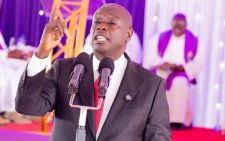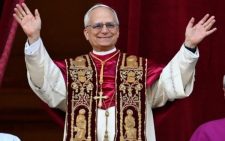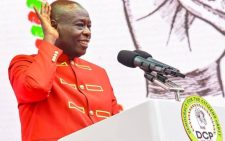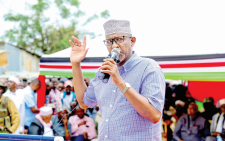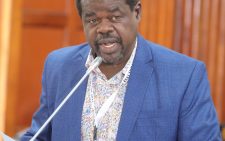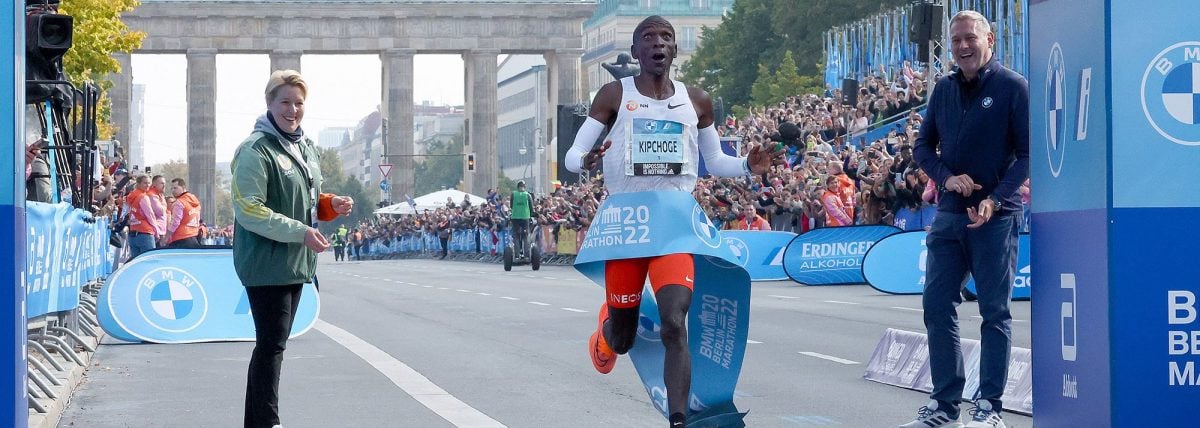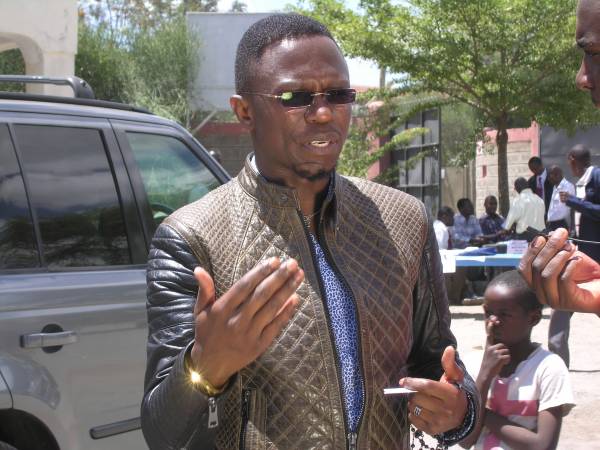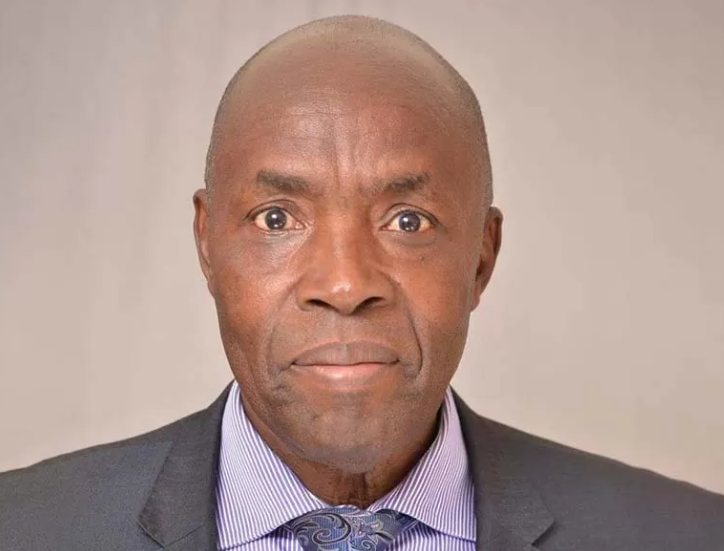How battle for campaign visibility gobbles billions
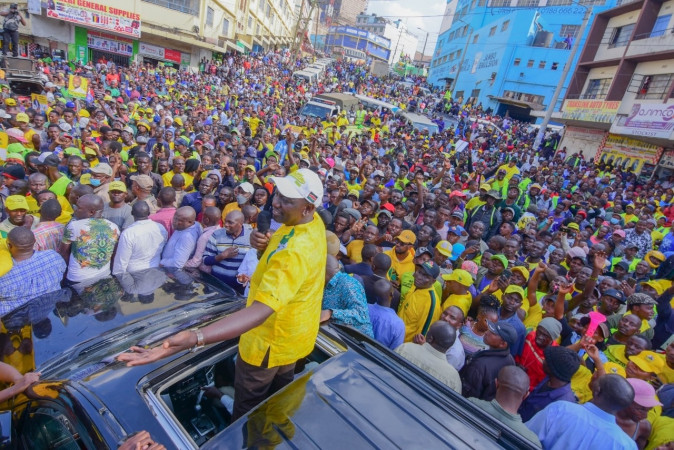
From hiring Sh1 million-a-day helicopters to erecting campaign billboards for days on end and leasing top-of-the-range vehicles, politicians are defying hard economic times to pump billions of shillings in their campaigns ahead of the August 9 election.
With 54 days to the polls, candidates for various seats have erected huge banners painted their party colours and printed hundreds – if not thousands – of merchandise – such as branded T-shirts and flyers, as they race to win over voters.
The inevitable appetite for presence has seen a surge in the number of billboards and posters countrywide, with densely-populated suburbs of towns being used for billboard wars, particularly by candidates for governor, Senate and MP seats.
Bold and deep-pocketed politicians are already splurging about Sh1.25 million per week (Sh 5 million monthly) for 30 seconds of political advertisements on prime time TV. A billboard on a highway sets them back Sh150,000 per month. Some governor candidates have up to ten such billboards at various locations within their counties. Presidential candidates have as many in nearly every county.
Rejected attempts
But it is a small price to pay for a political class that rejected attempts by the Independent Electoral and Boundaries Commission to cap the amount candidates for various seats could spend on campaigns.
Kenya Civil Aviation Authority (KCAA) says it had noted an increase in the number of helicopters imported into the country, with 325 imported in 2021 compared to only 67 a year earlier.
To purchase a quality helicopter, one will require upto Sh200 million before factoring in local registration charges.
Eutychus Waithaka of the Kenya Association of Air Operators says that some of the helicopters currently being used are owned by the politicians or their friends. However, some are being leased from commercial operators and branded for the time they are on hire.
Waithaka says in the current market, the average cost of hiring a helicopter in Kenya stands between Sh150,000 and 170,000 per hour for a helicopter with the capacity to fly three passengers. The price going up to 250,000 for higher capacity aircraft.
On Monday, the Azimio-One Kenya rally held in Kisii saw politicians turn up with 11 helicopters. On average, such aircraft cost up to Sh1 million to hire for a day, meaning that Sh11 million worth of air transport was parked in the field near the venue of the rally.
That cost does not include leasing of high-end utility vehicles which cost an estimated Sh15,000 per unit per day. Neither does it include facilitation fees for people attending the rallies.
Vihiga Governor Wilbur Ottichillo recently raised the alarm, saying that he was at the risk of losing his seat because of the large amounts of money his opponents were dishing out as handouts to voters.
“I want to challenge my good people of Vihiga County to elect leaders based on their development projects. Let us seek long-term investment, development and service delivery and not hand-outs, which are perishable. A 100-shilling bribe from a politician will not change your lives,” said Ottichilo.
It is not just the well-known politicians who are feeling the heat of the expensive campaigns.
Richard Atemba, who is vying for the Senate seat in Kisii through the Democratic Party of Kenya, said the cost of banners, posters and billboards has been high and candidates are having to dig deep into their pockets to sustain campaigns in the battle for visibility.
“The cost of campaign merchandise is high compared to previous election years. A banner costs Sh500 per metre,” Atemba told the People Daily yesterday.
He said an election poster costs Sh80 per piece up from Sh30 in 2017, adding that a candidate requires 100,000 piece to campaign effectively in a county-wide race.
Despite the increasing cost of materials such as paper and clothing, the challenging business environment, rising global prices of commodities and a turbulent supply chain caused by Covid-related restrictions, the paper and printing industry continues to earn millions of shillings from aspirants printing hundreds of thousands of posters.
According to a report released by the Westminister Foundation of Democracy Limited (WFD) and the Netherlands Institute for Multiparty Democracy last year, after the presidency, the Senate race is the most expensive seat to vie for in Kenya. This could explain why the seat attracts fewer contenders compared to say, parliamentary seats and gubernatorial races.
Senatorial candidate spent about Sh35.5 million on average during the 2017 campaign period. And that was before the results were announced.
The report placed the County Woman Representative seat as the second most expensive elective position to vie for at an estimated Sh22.8 million. That was the minimum spend for one to have a credible chance at winning.
Cost of goods
Each candidate for Member of Parliament, the report said, spent Sh18.1 million on average while Members of County Assembly (MCAs) spent the least at Sh3.1 million, just to convince the electorate to turn up at polling stations and cast their ballots in favour of their preferred candidates.
For comparison purposes, the minimum wage is an average of Sh13,000, meaning that a labourer in this job group would need to save all his earnings for 20 years to afford to vie for an MCA seat.
This notwithstanding, the rising cost of goods and services caused by an increase in fuel prices and a general rise in inflation this year is expected to push the figure up even further. The cost implications become more daunting when the hard cash candidates need to pay individuals to attend their meetings and rallies is factored in. On average, motorcycle operators charge at least Sh100 to attend a rally. One can need anyone between 50 and 100 riders depending on the seat one is eyeing.
Political analysts say this year it will not only be won by how good party and candidate manifestos are, but also how much they can afford to spend on the campaign trail.
Dismas Mokua, a political risk analyst, says the battle for numbers has seen candidates hire helicopters and erect scores of billboards across the country to aid in their campaigns and increase their visibility.
“Mobilisation takes a huge chunk of the campaign budget because crowds are a good selling point. The bigger the crowd, the more seriously potential voters consider one’s candidature,” he said.
His view explains the competition between rival parties and candidates to show their rallies are better attended compared to those of their rivals. Nowhere has this been as evident as in the presidential race between Azimio-One Kenya’s Raila Odinga and Kenya Kwanza’s William Ruto.
The battle has spilled over into social media, with each side either seeking to show it has bigger crowds or to discredit the crowds of their opponents. Of course, making such claims trend also costs money because bloggers and influencers have to be paid, first for their following and also for tweeting or posting. Many are charging for both number of followers as well as content.
Mobilisationted attempts
Since crowd size is often associated with candidates’ popularity, politicians spend millions of shillings to ensure their meetings are well attended and vibrant and that this is noticed on social media. The show of might has transformed the political landscape radically, with a cost implication.
Mokua points out that Kenyan elections have become expensive because of these and other attendant expectations, including from voters themselves.
“There is the notion that once I attend the town hall meetings I have to be given some sitting allowance; I have to eat and have something to take home. This has ballooned the cost of campaigns,” he said.
Without a proper accountability framework to tame how politicians spend on the campaigns, the costs for local rallies will continue rising, he warned.
